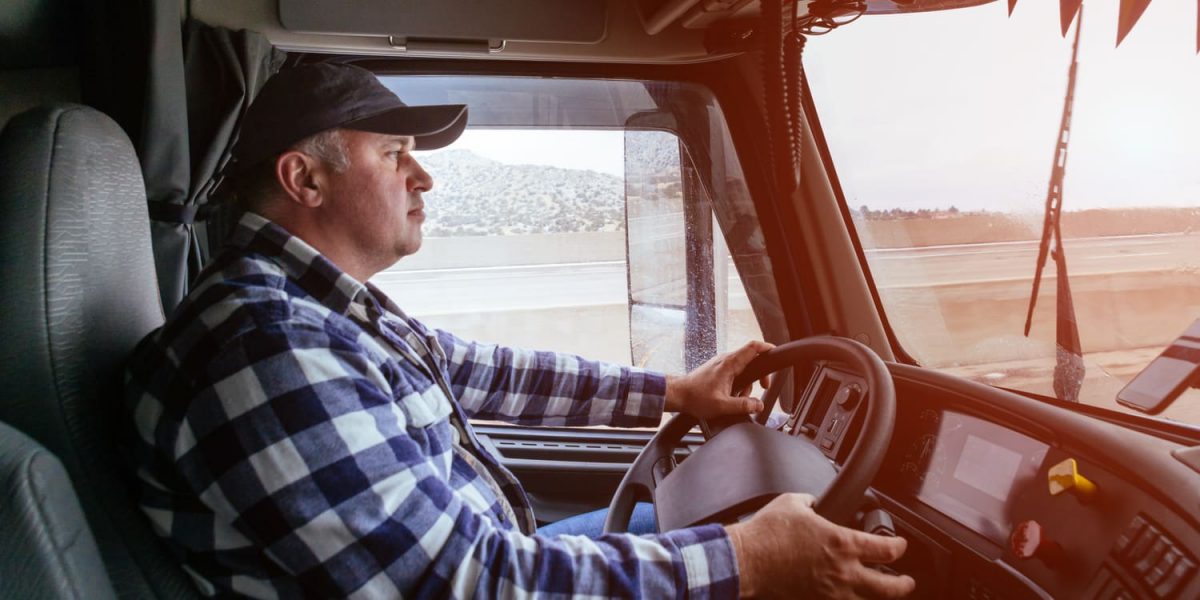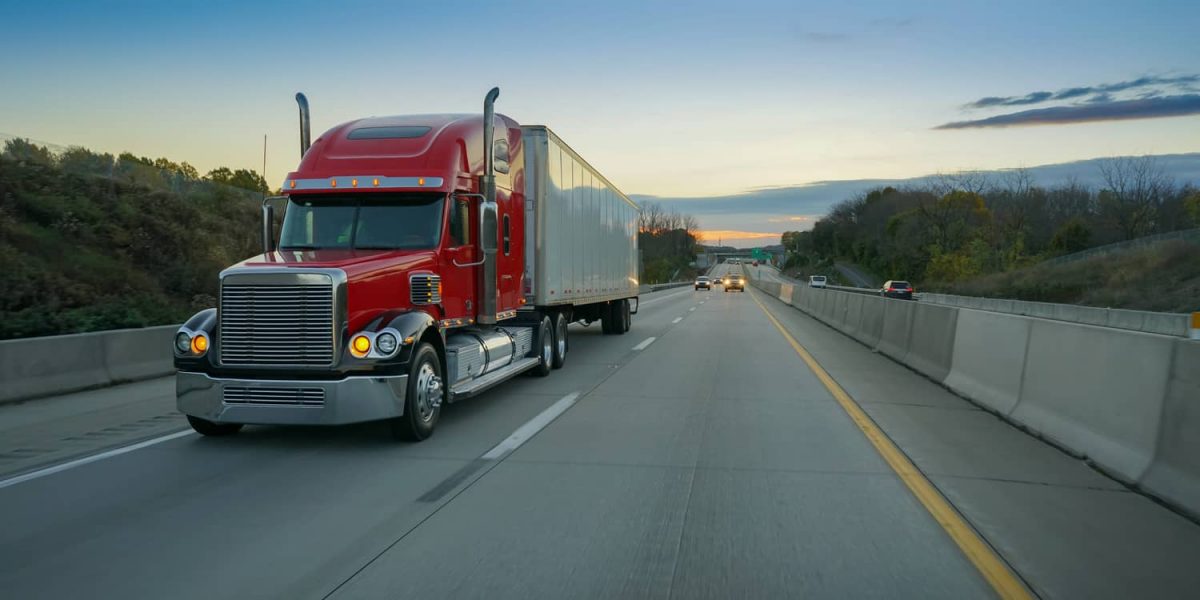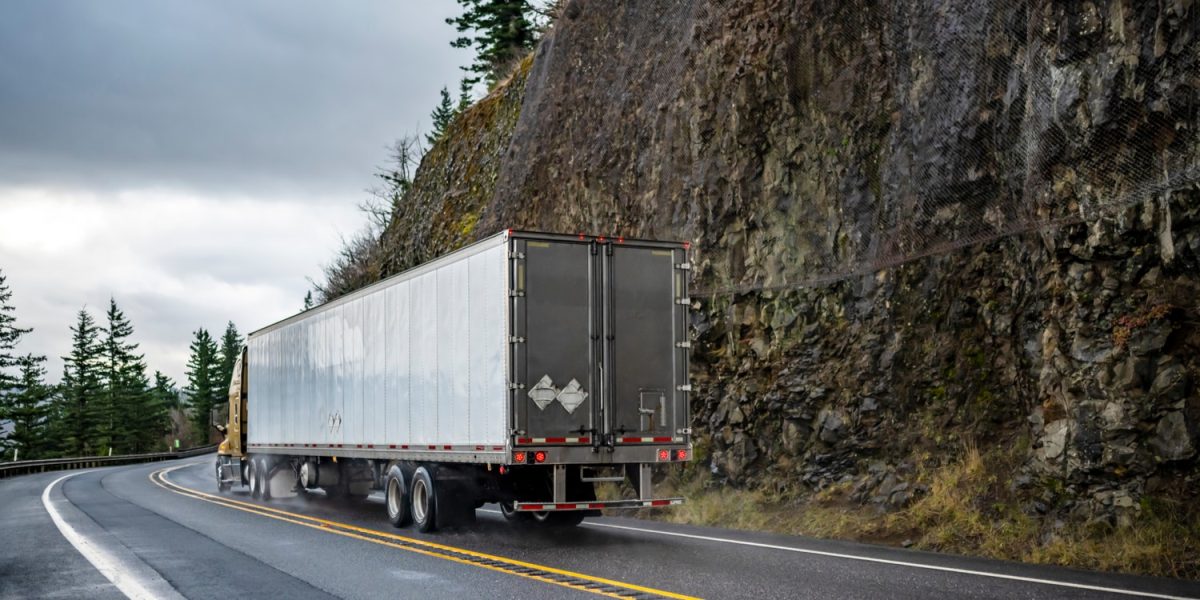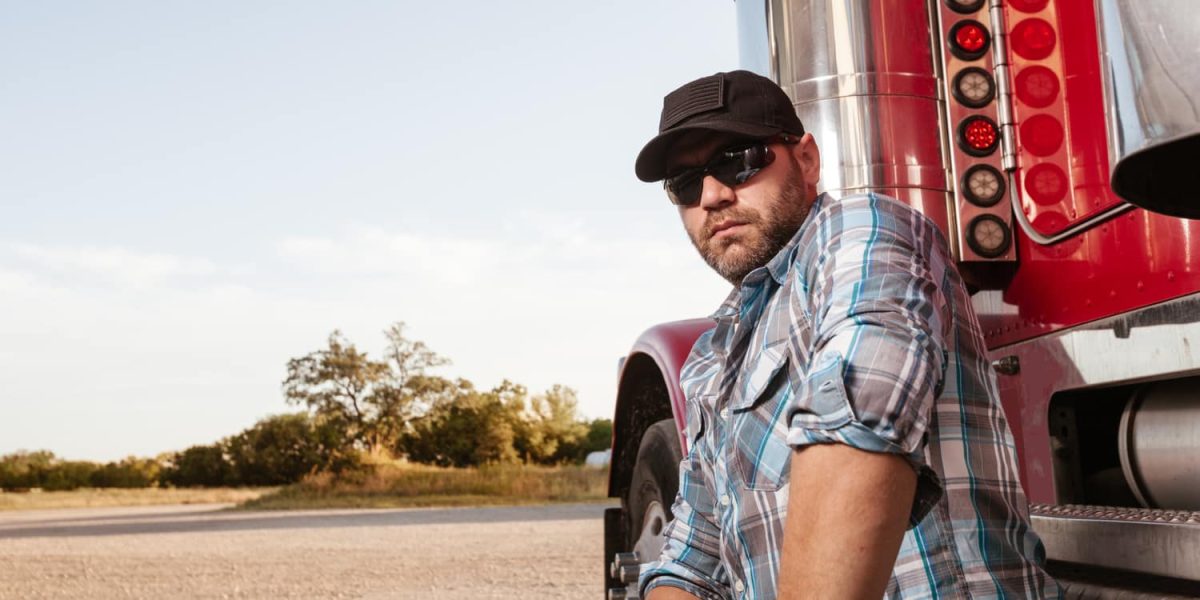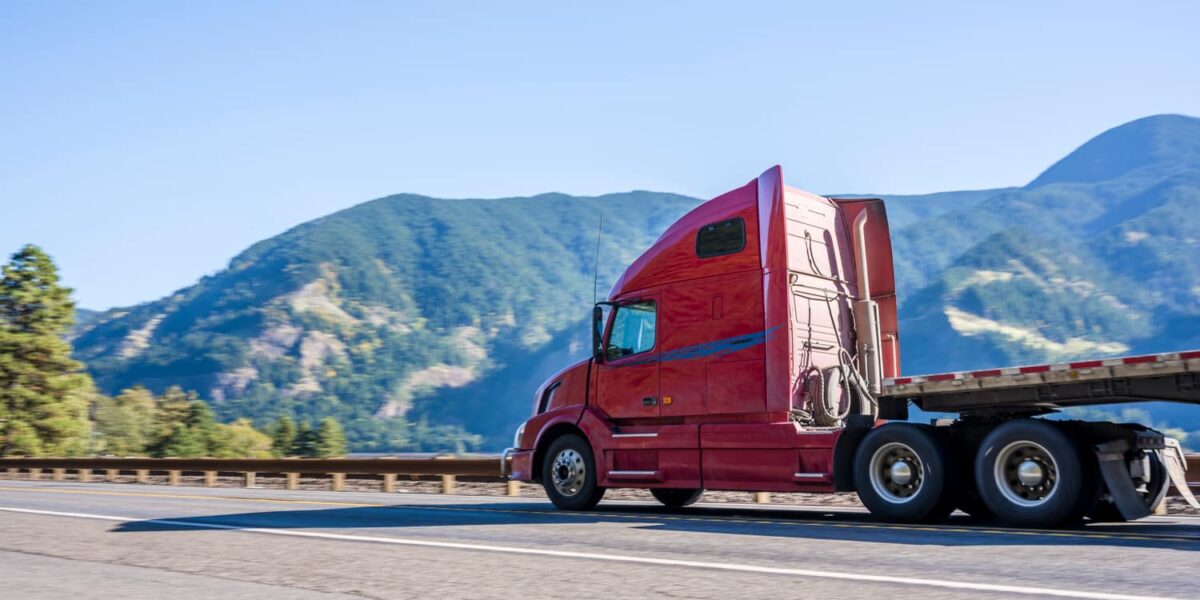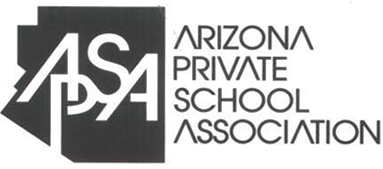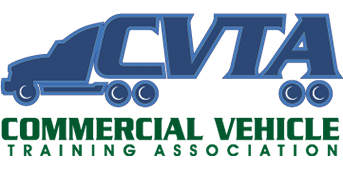Preparing your own food is one of the best ways to save money and eat healthier as a truck driver. Although there are some unique challenges involved in cooking in a semi-truck, there are definitely ways to get creative and make a variety of meals in your truck. Having small appliances on board is one way to make this easier.
Here are some appliances truckers can benefit from having on board:
1. Mini-Fridge or Cooler
This is a must-have for storing food on your truck. Without one, your options are fairly limited. A small mini-fridge or cooler can fit in most cabs without using up too much of your valuable space. Consider choosing an option with a freezer, as this allows you to keep food for longer without needing to restock.
2. Microwave
A microwave allows you to heat up food quickly and easily. You can prepare meals ahead of time during your home time and use your microwave to heat it up. Truck stops may have microwaves available, but having one in your truck is more convenient and saves you time.
3. Portable Stove, Skillet, or Hot Plate
These appliances allow you to cook more versatile meals compared to what you can heat up in a microwave. For example, you can fry eggs for yourself in your morning or cook up a simple stir fry. Each of these options has different benefits, so do some research to determine which best matches your needs.
4. Blender
If you like to start your morning with a smoothie, a blender would make a great addition to your semi-truck. You can keep pre-portioned fruit in your freezer and whip up breakfast quickly. Homemade smoothies have less sugar and additives than most brands you can buy, so this is an added bonus.
5. Slow Cooker
Slow cookers allow you to prepare your dinner in the morning and allow it to cook throughout the day while you drive. It’s important to make sure this setup is secure to avoid making a mess and creating a hazard if your slow cooker falls over on the road.
How to Choose Appliances for Your Truck
The interior of a semi-truck is a relatively small space, so it’s important to choose what you take with you carefully. You won’t necessarily need every possible kitchen appliance, and likely wouldn’t have room for all of them. It’s best to start out with the essentials on your first few hauls, then add more items based on your preferences.
For example, if you don’t particularly enjoy smoothies, you may not need a blender. On the other hand, if you notice that you’re buying pre-made smoothies or juices often while on the road, it may be a worthwhile addition to your truck.
Become a Trucker
Are you interested in a career as a truck driver? HDS Truck Driving Institute (HDS truck driving school) can help you get started. You can earn your commercial driver’s license (CDL) in as little as four weeks with our program.






